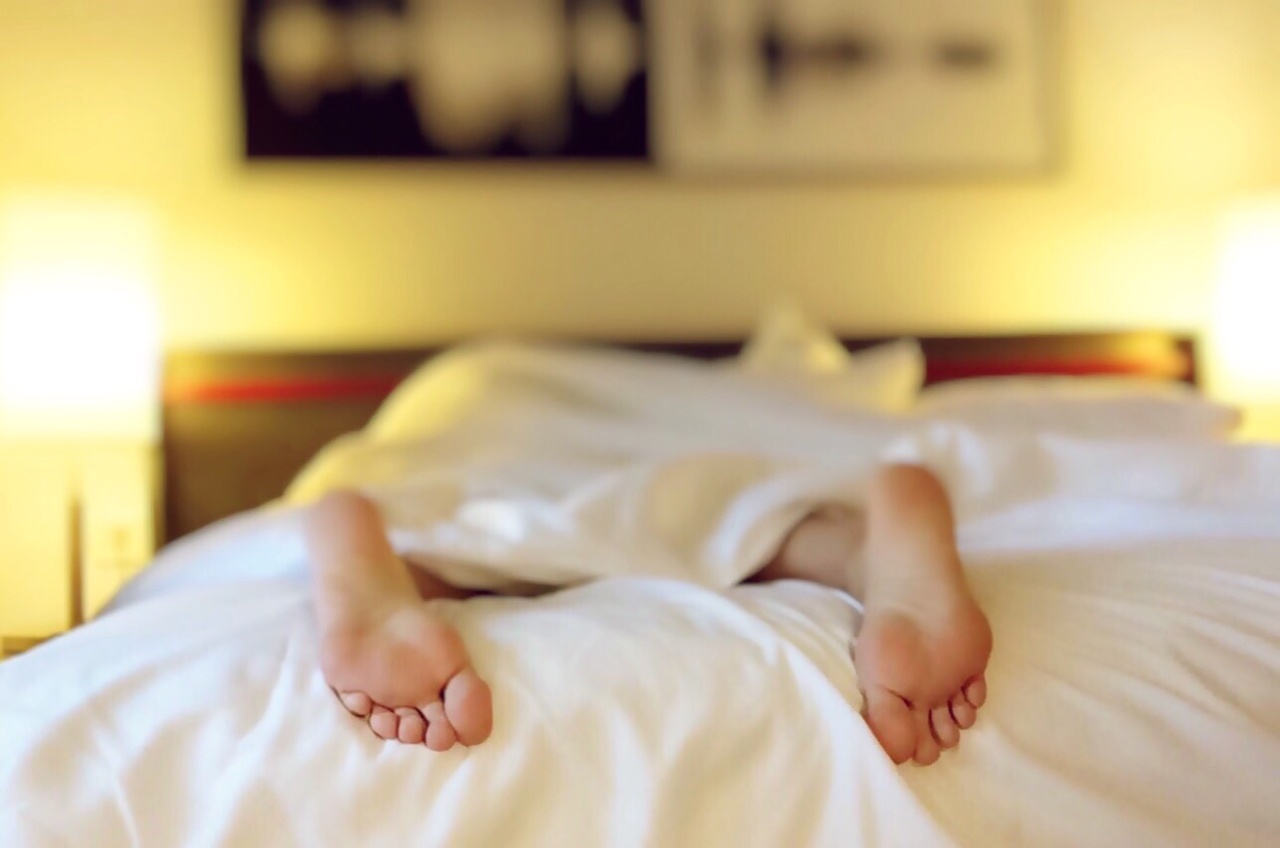Insomnia, characterized by difficulty falling asleep or staying asleep, is a common sleep disorder that affects millions of people worldwide. The consequences of insomnia can be far-reaching, impacting both physical and mental health.
From feeling groggy and fatigued during the day to experiencing irritability and difficulty concentrating, lack of quality sleep can greatly impair daily functioning.
If you’re tired of tossing and turning night after night, it may be time to restart your way to better sleep. By implementing a few simple tips and establishing a new routine, you can combat insomnia and improve the quality of your rest.
In this article, we will explore two effective strategies to help you tackle your insomnia and enjoy a rejuvenating night’s sleep.
1. Establish a Bedtime Routine
A bedtime routine is a series of activities you engage in before going to bed that help signal your body that it’s time to wind down and prepare for sleep.
By creating a consistent routine, you can train your brain to associate these activities with sleep, making it easier to fall asleep and stay asleep throughout the night.
Here are a few tips to establish an effective bedtime routine:
1. Set a regular sleep schedule: Try to go to bed and wake up at the same time every day, even on weekends. Consistency is key when it comes to regulating your sleep-wake cycle.
2. Limit exposure to blue light: Blue light emitted by electronic devices such as smartphones and tablets can suppress the production of melatonin, a hormone that promotes sleep.
Avoid screens at least an hour before bed or use blue light filters to minimize its impact.
3. Create a relaxing pre-sleep ritual: Engage in activities that help you unwind and relax before bed. This can include reading a book, taking a warm bath, practicing deep breathing exercises, or listening to calming music.
4. Make your bedroom a sleep-friendly environment: Ensure your bedroom is cool, dark, and quiet.
Invest in comfortable bedding, block out any external noise with earplugs or white noise machines, and use blackout curtains or eye masks to keep the room dark.
5. Avoid stimulants close to bedtime: Limit your intake of caffeine, nicotine, and alcohol, especially during the evening hours. These substances can interfere with your sleep and make it harder to fall asleep.
2. Create a Sleep-Friendly Environment
The environment in which you sleep plays a significant role in the quality of your rest. A sleep-friendly environment should promote relaxation, comfort, and tranquility.
By making some simple adjustments to your bedroom, you can create an atmosphere conducive to better sleep.
Here are a few tips to create a sleep-friendly environment:
1. Invest in a quality mattress and pillows: A comfortable and supportive mattress and pillows are essential for a good night’s sleep. Choose ones that suit your sleep preferences and provide the right level of firmness or softness.
2. Control the temperature: Keep your bedroom cool and well-ventilated. The ideal temperature for sleep is between 60 to 67 degrees Fahrenheit (15 to 19 degrees Celsius).
3. Manage noise: Use earplugs, white noise machines, or soothing nature sounds to drown out any disruptive noises that may disturb your sleep. Alternatively, you can try using a fan or air purifier for a consistent background noise.
4. Block out external light: Use blackout curtains, blinds, or an eye mask to minimize exposure to external light sources that can interfere with your sleep.
Dimming the lights in your bedroom before bedtime can also help create a more relaxing atmosphere.
5. Declutter and create a calm environment: Remove any clutter or distractions from your bedroom, such as work-related items or electronic devices. Keep the space clean, organized, and dedicated solely to sleep and relaxation.
Conclusion
Tackling insomnia and improving your sleep quality requires a proactive approach and a commitment to creating healthier sleep habits. By establishing a bedtime routine and creating a sleep-friendly environment, you can restart your way to better sleep.
Remember, consistency is key. Stick to your established routine and give your body time to adjust to the new habits. Be patient, as it may take a few weeks before you notice significant improvements in your sleep quality.
If your insomnia persists or worsens, it’s essential to consult a healthcare professional who can offer further guidance and support.
By prioritizing your sleep and making these simple adjustments, you can increase the chances of getting the restful sleep you deserve. Say goodbye to insomnia and hello to better sleep!.































